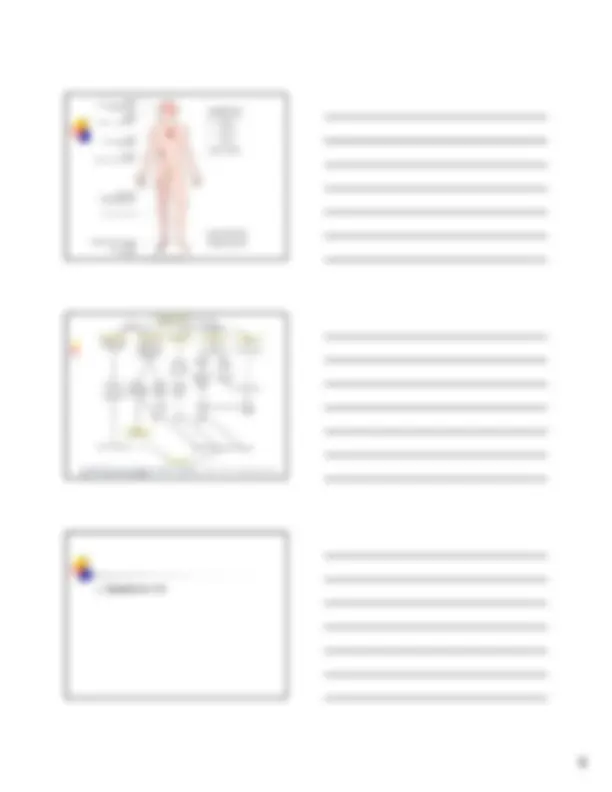













Study with the several resources on Docsity

Earn points by helping other students or get them with a premium plan


Prepare for your exams
Study with the several resources on Docsity

Earn points to download
Earn points by helping other students or get them with a premium plan
Community
Ask the community for help and clear up your study doubts
Discover the best universities in your country according to Docsity users
Free resources
Download our free guides on studying techniques, anxiety management strategies, and thesis advice from Docsity tutors
An overview of endocrine disorders, their causes, and the resulting hormonal imbalances. Topics include diabetes mellitus, parathyroid hormone disorders, and pituitary hormones. Learn about the symptoms, manifestations, and treatments for these conditions.
Typology: Study notes
1 / 19

This page cannot be seen from the preview
Don't miss anything!












Excessive production of hormone Deficient production of hormone
May alter appearance of the individual Disorder beginning in children Disorder beginning in adult May alter metabolism of the individual
Adenoma may be secretory producing excess hormone Adenoma may be destruction causing a hormonal deficit
Congenital defects in the glands Hyperplasia of the glands Infection of the glands Abnormal immune reactions Vascular problems Ectopic sources of hormones, e.g bronchogenic (lung) cancer produces PTH or ACTH
Strokes (CVA) Heart attacks (MI) Peripheral vascular disease Amputation Kidney failure Blindness
Type I (Insulin-dependent diabetes mellitus) (IDDM) formerly called juvenile onset diabetes Type II (Non-insulin-dependent diabetes mellitus) (NIDDM) formerly called mature onset diabetes Gestational diabetes may develop during pregnancy and disappear following delivery
About 10% of cases of Diabetes Mellitus Peak age of onset: 11-13 yr Acute onset Autoimmune: genetic and environmental factors result in gradual destruction of beta cells in pancreas Individuals tend to be normal to thin Severe insulin deficiency or no insulin Requires insulin replacement Amount of insulin needed dependent on dietary intake of glucose and metabolic activity
About 90% of cases of Diabetes Mellitus Age of onset: 40-70 yr Insidious onset
Genetic susceptibility exacerbated by long- duration obesity
Insulin resistance not clearly understood Insulin levels are typically high at diagnosis but decline over the course of the illness
Treatment consists of dietary control, exercise and sometimes medication
USA Today 4/10/
Weak cardiac muscle contractions Increase in the excitability of nerves leading to spontaneous contraction (tetany) of skeletal muscle
Pituitary Dwarf (^) Gigantism
Acromegaly
May be caused by deficit of ADH Sometimes results from renal tubules that do not respond to ADH
Polyuria (no glucose) Thirst Severe dehydration
Severe hyponatremia Mental confusion irritability
Hashimoto’s thyroiditis Myxedema Cretinism
Pituitary tumor (75-80%) Adrenal tumor Ectopic carcinoma (paraneoplastic syndrome) Iatrogenic conditions from administration of large amounts of glucocorticoids for chronic inflammatory conditions
Changes in persons appearance Obesity with moon face Sodium and water retention Heavy trunk Fatty hump on neck (buffalo hump) Muscle wasting in limbs Fragile skin Osteoporosis Immune suppression with increased infections Decreased stress response Changes in mental status; including irritability, clinical depression and schizophrenia.